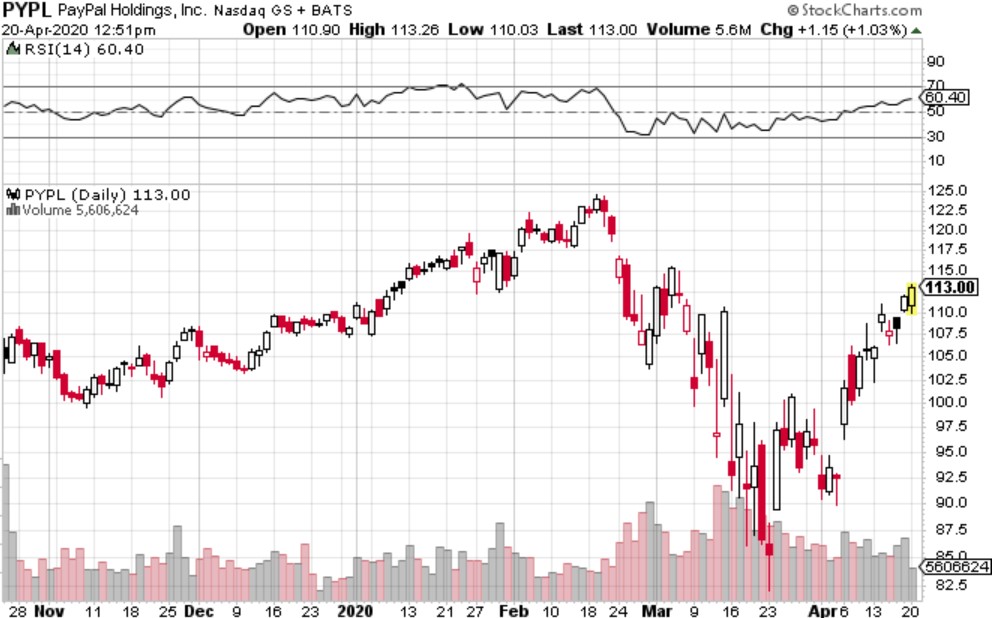Restaurants and retailers all over the country have stopped accepting cash. And you can blame COVID-19 for this rapid shift away from paper to plastic.
On Friday, Techcrunch reported that Google is experimenting with a debit card. Ultimately, it could make cash obsolete for more than a billion Android phone users worldwide.
It’s a watershed moment for fintech, made possible by a global pandemic.
Although things are now progressing rapidly, governments and financial service companies have been trying to do away with cash for years with minimal progress. Digital transactions are so much cleaner. Getting rid of paper money would squash the underground economy and make tax collection a breeze. It might also finally kill the labor-intensive branch banking system. Software and digital ledgers would make life so much easier and profitable for the powers that be.
As late as April 2019, Origin, an independent research firm, found that 75% of consumers still carried cash. 55% said they hated the idea of completely abandoning physical dollars. Despite millions spent marketing digital wallets like Apple Pay, Samsung Pay and Google Pay, progress has been painfully slow.
In 2018, Pew Research noted that only 30% adults described themselves as cashless. That number was up only 4% from 2015, according to a report from Consumer Affairs.
Then the COVID-19 pandemic changed the rules of the cash carrying game.
Shops and restaurants are abandoning cash. Fear of viral infection spread by close contact will do that. Restaurants dishing up take-out orders are insisting that customers pay in advance with credit cards. Bigger chains are demanding patrons use their smartphone app. Businesses of all sizes are offering curbside delivery. Customers don’t even get out of their cars, let alone step foot in the store to interact with cashiers. Seemingly overnight, cash was mostly dead.
This is the opportunity fintech companies have been waiting for. Although Silicon Valley is the center of innovation, mainstream consumer resistance in the United States has put progress miles behind the rest of the world. In Europe, Asia and the rest of the developed world, contactless payments have been common practice for years.
For example, more than 90% of transactions in Czechia, Georgia and Poland are contactless, according to data from Mastercard (MA) published in 2019. In the United Kingdom, 49% of all transactions were made by customers tapping debit cards, credit cards and smartphones. And, in December, Fortune reported that cash is almost obsolete in China, where digital wallets AliPay and WeChat Pay are extremely popular.
Interac, a consortium led by Canadian banks working with Mastercard and Visa (V), brought contactless payment terminals to consumers in 2015. Tap and Pay, a set of mobile payment protocols, allowed consumers to make payments by merely waving physical cards at point of sale systems. It also meant Apple Pay and Google Pay were accepted everywhere as well.
The new Google Pay card is the second time the tech giant has dabbled with a debit card. The company first introduced a physical card in 2013. Once users loaded the card with funds from another card in their Google Wallet, they were free to swipe their card anywhere Mastercard was accepted. However, it was a convoluted failure.
Their second attempt will feature a card that will be associated with a co-branded checking account. The initial partners, Citibank (C) and Stanford Federal Credit Union, will do the heavy lifting on the back end: signing up and managing accounts.
Techcrunch speculates Google may eventually cut out the middlemen and become a financial services company, offering banking, stock brokerage, robo-advising, insurance, the whole shebang. Given its machine-learning prowess and massive stores of data it collects from Maps, Chrome, Search and Android users, the firm would be in a powerful position to rub out risk. It’s a nice idea that seems highly unlikely to blossom.
In 2019, Google was targeted for anti-competitive behavior by four dozen state attorney generals, according to the New York Times. So, the possibility regulators will let the company expand into banking any time soon seems remote.
But the fundamental idea is sound, even if Google isn’t the company that will make good on delivery. And international examples prove its popularity. Investors should focus on the obvious trend: The adoption of contactless payment terminals.
In early April, Publix Super Markets announced that all of its 1,200 stores would deploy tap to pay systems. The move follows earlier adoption at 7-Eleven, Amazon Go, Costco (COST) and Target (TGT).
The best pure play is Ingenico Group (INGIF), a France-based company that has evolved into the leading maker of point-of-sale systems. With 32 million terminals in use, it is the biggest player, serving a network of 1,000 banks.
But, if you’re looking for opportunities a little closer to home, there are a few familiar names that stand to profit from this trend.
PayPal (PYPL) started as a payment platform for eBay (EBAY), the online auction site. Today, the San Jose, Calif., company commands a market capitalization 4.5 times that of eBay. More important, managers have been aggressively expanding the footprint into the physical world with point-of-sale systems ready for contactless payments.
It’s a business model mimicked by Square (SQ). The San Francisco company has an entire payments ecosystem that has evolved to include small business accounting, payroll, loyalty, marketing, gift cards and loans. Its contactless card reader works with Europay, Mastercard and Visa protocols, as well as all mobile wallets.
The global pandemic decimated many sectors of the economy. It also changed the way many businesses will operate in the future. Savvy investors should get in on those innovations while they can. Look for weakness to build new positions in contactless payment providers.
Best wishes,
Jon D. Markman





